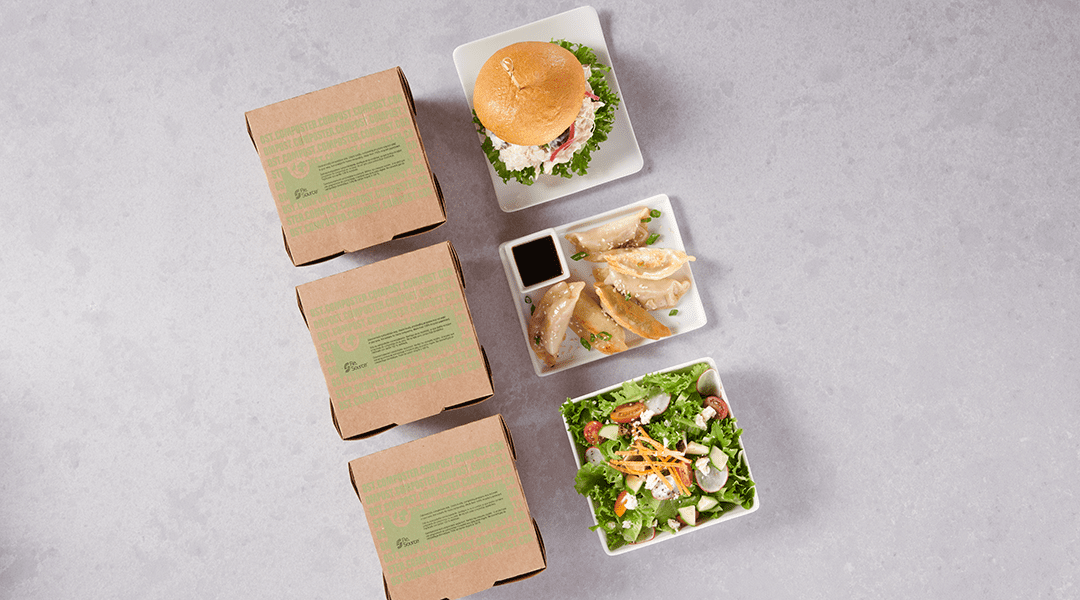The old saying goes that there’s power in numbers. This is clearly the case with Group Purchasing Organizations (GPOs), which bring together schools (or groups of schools) and use their collective buying power to get lower prices on products they purchase. Many schools already do this when they buy textbooks and supplies, and more and more schools are turning to GPOs to reduce foodservice costs.
Because every dollar matters, lower prices are a clear benefit of GPO participation, says Kevin Crampton, Vice President of Contracting and New Business Development at HPS, a Michigan-based member-owned GPO that serves more than 3,000 organizations in nine states. But it’s important for schools to be part of a buying group capable of meeting their individual needs and giving them as much decision-making authority as possible.
“To make sure individual needs have a voice, HPS sets up regional school food committees made up of foodservice directors from within the membership,” Crampton says. “One of the big things to consider when looking at group purchasing is the ability to maintain your identity.”
The regional committee structure creates a democracy in which all schools within the group work together, yet preserve individuality, when placing orders. If serving okra is important to your district, Crampton says, the committee system allows your voice to be heard. And, if another school in your group also needs okra, then combining two smaller orders into one large order can save money.
Two other big considerations
Crampton says two factors stand out when evaluating whether a GPO will work for your program— costs and regulations.
GPOs are designed to save money, but they aren’t free to join. Some, like HPS, have membership dues. Others have a fee structure that can charge a certain amount for each delivery or a percentage of your order.
“We charge our members dues, and for one fee they have access to all of our services and work within their region to obtain products and services,” Crampton says. “Other GPOs set up contracts that may be advantageous to some schools but not everyone in the group, so you have to be careful.”
And with federal, state, local and even district rules to follow, it’s important to comply at every level. And that’s where a GPO can save time and effort when it comes to paperwork. Crampton says HPS does federal procurement legwork, delivering a model to each regional committee so it can be provided to the individual schools for approval.
“It’s still the responsibility of individual schools to make sure they’re meeting every rule,” Crampton says. “But we work with our legal counsel to present a plan to the committees that they can use to get responses and create a proposal that’s best for the membership.”
In short, Crampton says the GPO should do the heavy lifting when it comes to setting up a contract that meets rules and regulations, but schools still need to act as a gatekeeper to make sure of compliance.
Three advantages of a GPO
Once a school has determined the governance and processes of a GPO are suitable, there are a number of advantages to membership. Crampton and the National Food Service Institute’s “Procurement in the 21st Century” point out several:
Increased purchasing power — By placing orders as a group, the distributor sees an increase in sales that translates to volume-buying cost savings. The vendor also benefits by only compiling one large bid package instead of several smaller bids. It’s important for schools to forecast their menu needs as accurately as possible. One trap many schools fall into is stocking up on a product just because it’s on sale. Food isn’t a bargain if you have to pay for storage or let it go to waste unused.
Increased menu variety and quality — Because you’re part of a larger buying group, discounts can make new products or better quality products fall within your budget. “A request for proposal (RFP) allows factors other than price to determine the selection process,” Crampton says. “We can look at things like product quality or student preference.”
Labor and cost savings — GPOs often work with prime distributors such as Gordon Food Service. This means fewer deliveries to disrupt the kitchen, fewer invoices and fewer checks written.
Key drawbacks to a GPO
Membership agreement — Schools get better prices if they choose to buy in volume rather than variety, so it’s important for members to agree on similar products. “Always review the bid list and make sure it has the items you want,” Crampton says. “Students won’t be happy if you can’t serve their favorites.”
Delivery and storage capacity — With GPOs, a school may get fewer deliveries with larger quantities, and that may present storage problems. “Use your GPO’s leverage with the distributor to make the minimum delivery order fit the size you need,” Crampton says. “Working with Gordon Food Service allows schools a lot of flexibility to meet their delivery and storage needs.”
Minimum case orders — Some GPOs require a minimum number of cases to be part of a bid. This means you may not be able to include seasonal items or special items unless schools in the partnership go along.
To join or not to join?
GPOs may not be ideal for your district, and weighing all the benefits and costs is essential. Everything from delivery schedules to available products to meeting your school’s nutritional and dietary needs can affect the decision. Your Gordon Food Service Customer Development Specialist can help you explore GPOs in your area and offer advice on whether a program meets your needs.




























